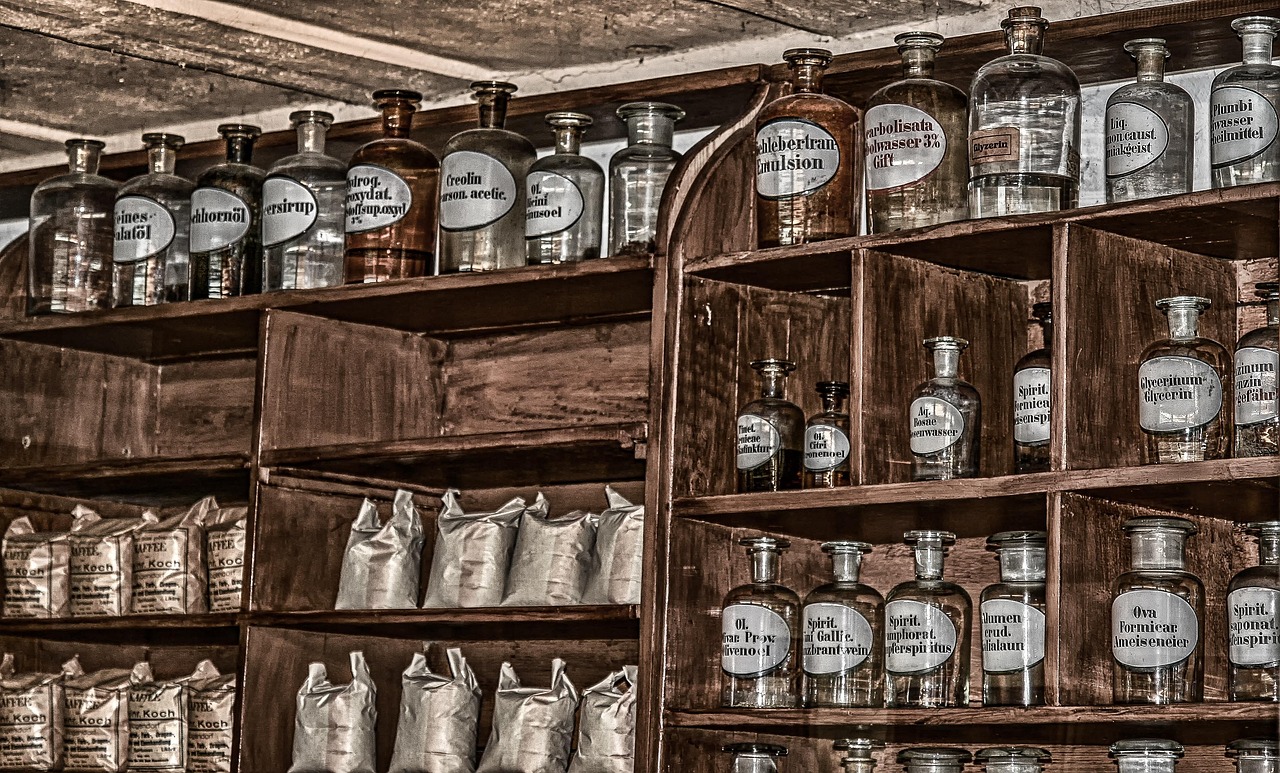The U.S. Food and Drug Administration (FDA) approved the world’s first treatment for the long-term prevention of hereditary angioedema (HAE) attacks. In this post, we’ll explore how HAE develops, which component of its pathogenesis is targeted by the approved drug garadacimab, and how the drug is administered. Ultimately, we’ll compile an English glossary of key terms, along with references to resources where you can look up the terminology in your target language.
HAE is a rare genetic disorder characterized by the malfunctioning of the complement system in the blood. Specific triggers initiate uncontrolled reactions in the blood, leading to swelling in various body parts. The pathogenesis of HAE is similar to that of Quincke’s edema. Interestingly, both conditions were discovered by the same physician, Heinrich Quincke, in the 19th century. However, Quincke’s edema (or simply angioedema) refers specifically to the allergic reaction. In contrast, HAE attacks can be triggered by cold exposure and other non-allergenic factors.
HAE is caused by a deficiency or malfunction of the human complement system called C1-esterase inhibitor. In rare cases, HAE can develop due to abnormalities in Factor XII, plasminogen, angiopoietin-1, or kininogen. The pathophysiological mechanism is described in detail on the MSD Manuals website in 11 languages. HAE is classified into type 1 (C1-esterase inhibitor deficiency), type 2 (insufficient activity of the C1-esterase inhibitor), and type 3 (abnormal synthesis or function of other proteins listed above). Acquired forms of C1-esterase inhibitor deficiency also occur. Since a multi-component reaction cascade causes swelling, it’s not always necessary to target the C1-esterase inhibitor directly to manage or prevent the attacks.
The approved drug is called Andembry, and its active ingredient is garadacimab-gxii (or simply garadacimab). It is a monoclonal antibody that inhibits Factor XIIa, thereby suppressing the reaction cascade that leads to life-threatening swelling. It can be used for all three types of HAE and is administered subcutaneously once a month as a preventive measure.
Patients can self-administer the medication using a single-dose prefilled autoinjector containing one dose of the drug. The FDA approval letter uses both terms: “single-dose prefilled autoinjector” and “single-dose prefilled syringe.” According to press releases, the manufacturer referred to the device as an autoinjector, rather than a syringe.
Press releases also mention that the garadacimab autoinjector is citrate-free, which significantly reduces pain at the injection site.
Glossary
The glossary includes British spelling of some English terms. Preferred terms in a list of synonyms are italicized.
| English term | Where to look for the translation |
| hereditary angioedema, HAE hereditary angioneurotic oedema, HAO hereditary angioneurotic edema, HANE | ICD-10 or ICD-11 by WHO The MSD Manuals article about HAE in 11 languages Official Andembry drug label (when it is approved in your country) |
| angioedema Quincke’s edema angioneurotic edema Quincke’s oedema angioneurotic oedema | ICD-10 or ICD-11 by WHO The MSD Manuals article about angioedema in 11 languages |
| prefilled autoinjector | official Andembry drug label (when it is approved in your country) pharmaceutical news feed in your language |
| garadacimab-gxii garadacimab | official Andembry drug label (when it is approved in your country) pharmaceutical news feed in your language |
| factor XII | The MSD Manuals article about HAE in 11 languages |
| kininogen | The MSD Manuals article about HAE in 11 languages |
| plasminogen | The MSD Manuals article about HAE in 11 languages |
| angiopoietin 1 | The MSD Manuals article about HAE in 11 languages |
| C1-esterase inhibitor С1-INH С1 inhibitor | The MSD Manuals article about HAE in 11 languages |
Photo by cottonbro studio





